Found 44 movies, 4 TV shows, and 3 people
Can't find what you're looking for?

The dramatic story of three great Russian avant-garde painters from the beginning of the last century – Kazimir Malevich, Pavel Filonov and Vladimir Tatlin – and their supporter, Nikolai Punin, the first post-revolution Commissar of the Hermitage and Russian Museums. They dedicated their lives to belief in the revolution and its connection to avant-garde art, but the communist regime betrayed them. The history depicted on the painted canvases reflects the tumultuous period of the 1920s and 30s in the Soviet Union, in Leningrad and in artistic circles of the time. Only with perestroika have the avant-garde paintings, stored in museum archives, again seen the light of day.
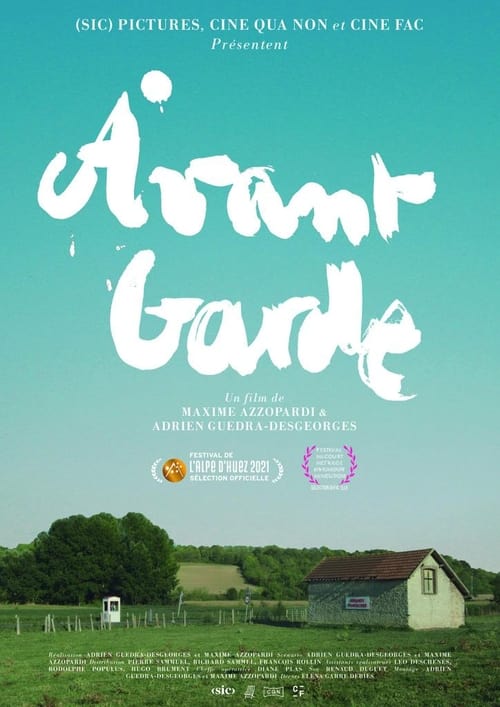
1984, Franco-German border. A Berlin gallery owner transports the flagship sculpture from his collection for a major exhibition. Faced with the object, the French customs officer hesitates: is it really a work of art?

This film is a supertemporal oeuvre. The support of the audience's participations is constitued by an image, which has varied several times during the course of many a projection. A projection by Maurice Lemaître, himself, in the soundtrack, clarifies the function of the session and finishes on a challenge thrown to the room.
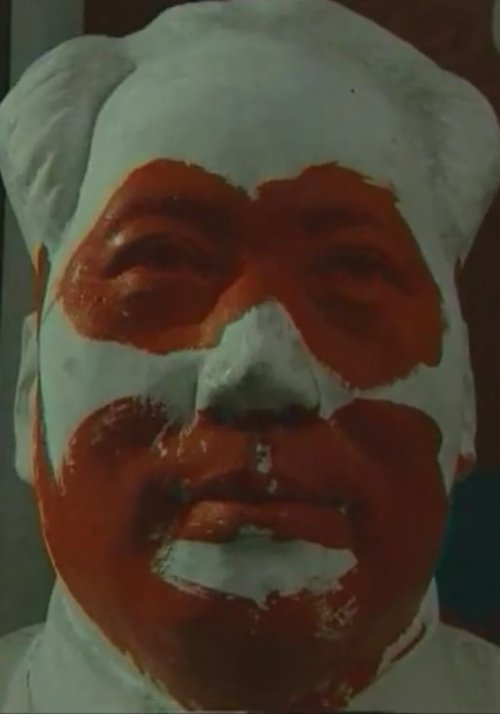
Short documentary with English narration that was prepared for the Inside Out: New Chinese Art exhibition at Asia Society in New York City, which ran from September 15, 1998 to January 3, 1999.
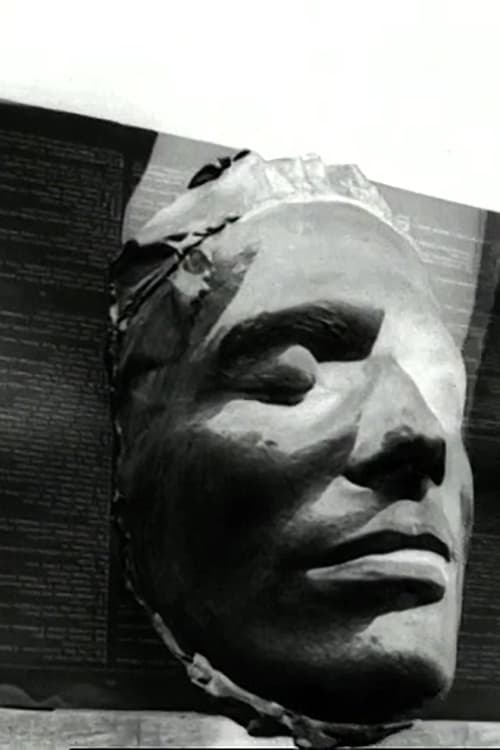
An artist's self-portrait problematizing the choice between tradition and the avant-garde, between being free or being disciplined.
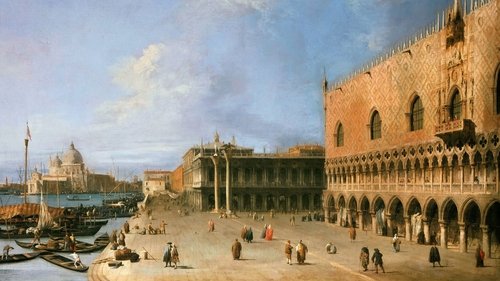
1600 years after its legendary foundation, Venice continues to be unique: the urban environment, made of stone, earth, and water, and for its legendary history. But, above all, Venice is unique for its identity as a city of oxymorons, holding together opposing DNA in a formidable contradiction: the allure of decadence, and the frenzy of the avant-garde. VENEZIA-INFINITA AVANGUARDIA is a labyrinth of stories, works of art, palaces, celebrities of social and cultural life, places, extravagances, and traditions. It's a sensory experience made of lights, water, and music. Beside connections and suggestions, testaments flow by of art historians, urbanists, sociologists, philosophers, curators, musicians, writers, journalists, artists, and our contemporaries.

Engines of the future. The true creators of the revolution. Revolutions of the spirit. The stars of the Russian avant-garde of the early 20th century managed to make a real world revolution. Their works, their ideas still influence the life of every modern person. The film will focus on the Russian avant-garde in art and literature. Vladimir Mayakovsky, Marc Chagall, Vasily Kandinsky, David Burliuk, Velimir Khlebnikov, Vladimir Tatlin and many others - they were called hooligans and rowdies from art, and they were looking for a new form for a new life. They changed everything - from painting and architecture to advertising and music. It was a challenge to the whole world, a rebellion and an attempt to create a man of the future. That is why modern young people should talk about the most revolutionary trend in art. They try on the roles of avant-gardists, evaluate situations and facts, looking into the past from the 21st century.
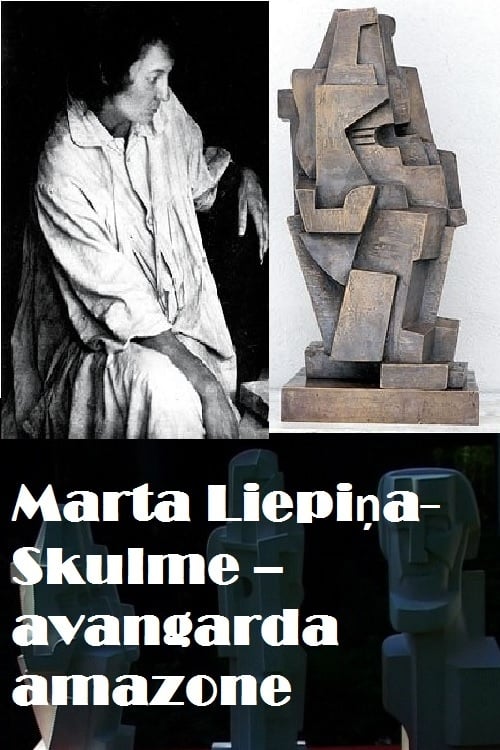
A film about the great 20th century sculptor whose work was inspired by the cubism of the 1920s, and her life story which contains all possible dramas for a creative person living in the previous century.
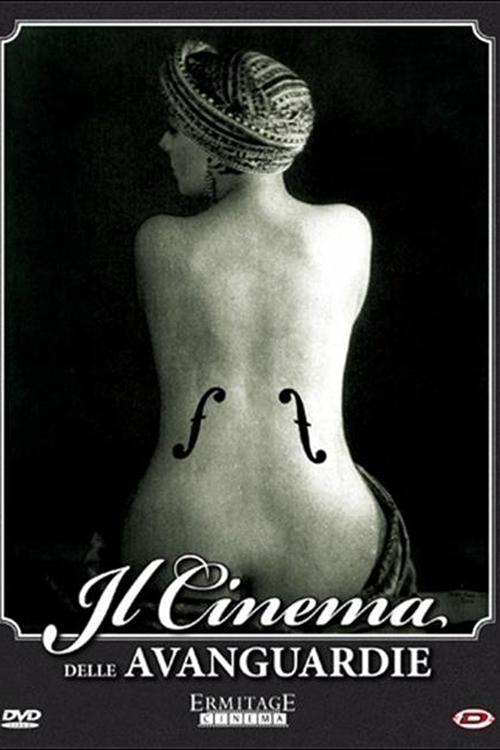
Thematic anthology of : Le retour a la Maison (1923) by Man Ray; Emak-Bakia (1926) by Man Ray; L'Etoile de Mer (1928) by Man Ray; Les Mysteres Du Chateau de Dé (1929) by Man Ray; Rhythmus 21 (1921) by Hans Richter; Vormittagsspuk (1928) by Hans Richter; Anemic Cinema (1926) by Marcel Duchamp; Ballet Mecanique (1924) by Fernand Léger; Le Tempestaire (1947) by Jean Epstein; Romance Sentimentale (1930) by Grigori Aleksandrov and Sergei M. Eisenstein; La Coquille et le Clergyman (1928) by Germaine Dulac; Regen (Rain) (1929) by Joris Ivens and Mannus Franken
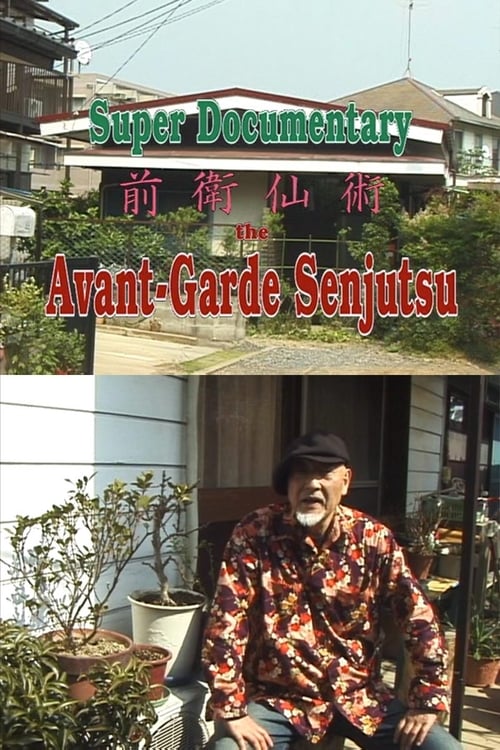
A unique film in which an elderly man creates miracles in his daily life by playing the leading role himself. The film depicts the process of creating a mysterious world that transcends reality through the act of filming and leads to a surrealistic conclusion.

The film about Nam June Paik, the pioneer of video art, provides insight into his multifaceted artistic work and at the same time paints a biographical portrait of the Korean artist.
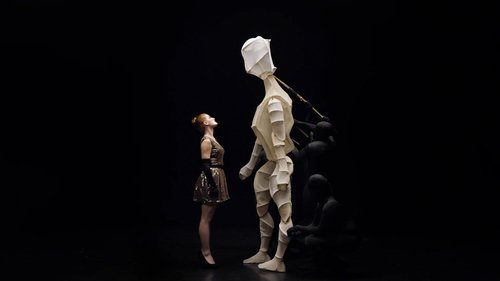
Inspired by the music of Lindsay Katt, The Avant-Gardener follows the colorful life of an artist discovering her voice. As she learns from the mistakes of her parents, she struggles to find the balance between self-expression, commitment to her lovers, and the intense drive to further her creative passion. We follow her journey as she delves deep into her subconscious, an often terrifying place, to find the answers she seeks.
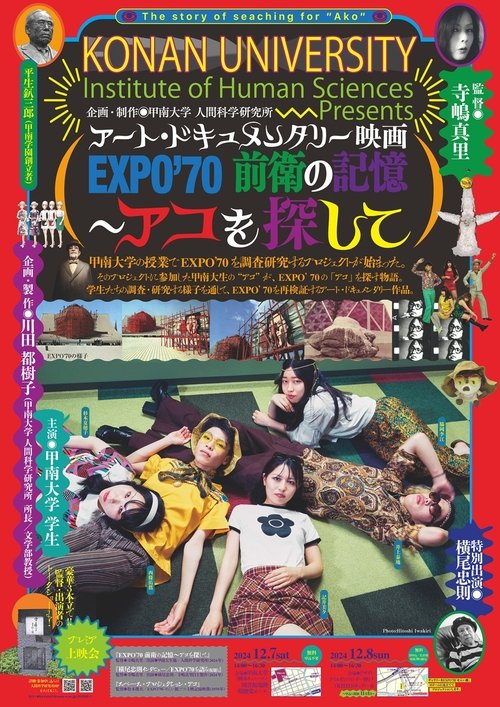
A documentary made in collaboration with students at Konan University, retracing the history of EXPO '70 and attempting to track down the actress who performed in Toshio Matsumoto's installation in the Textiles Pavilion, "Space Projection Ako." Featuring interviews with historians, scholars and artists including Yokoo Tadanori, Norio Imai, and more
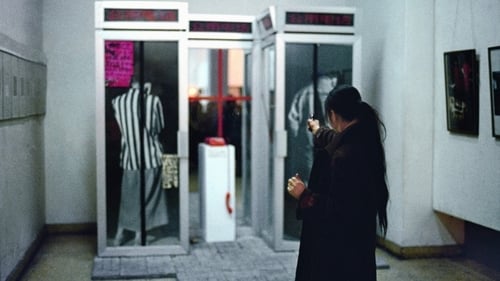
In 1989, a group of avant-garde artists who had collaborated in private for years received permission to organize their own exhibition at the National Art Museum of China. However, one of the terms was to exclude performance artists from participating. The seven artists who were left out took action. At the opening ceremony, their lives changed as the sounds of gunfire rang out.
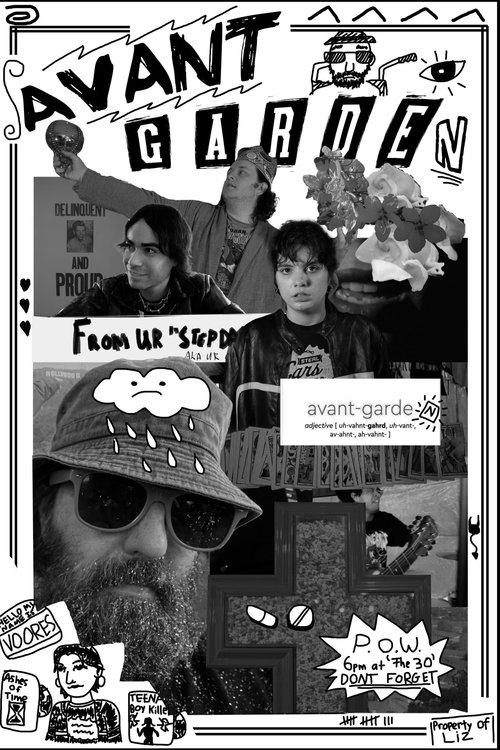
A girl returns to a town of punks and burn-outs, seeking help to cure her vegetative, elderly friend.
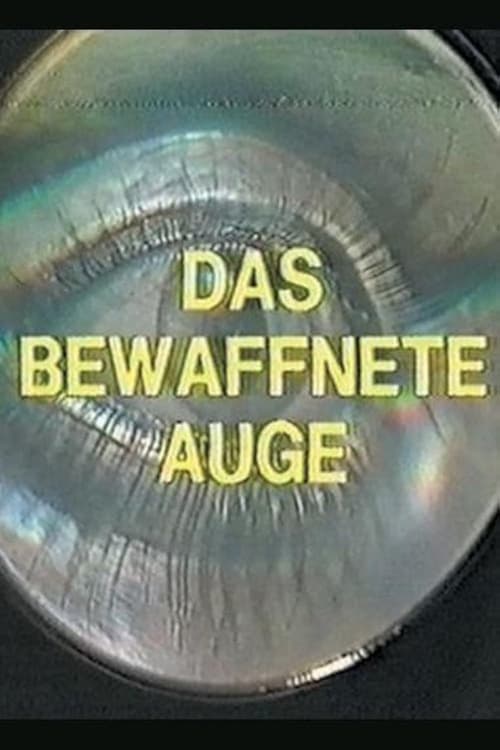
In her three-part series VALIE EXPORT takes a look at the themes of "staged space - staged time", "real movement - movable reality", and "structural film", a genre which no longer exists on public-service television. Using numerous examples from films prepared for the specific media, for example by Wojciek Bruszewski, Malcolm LeGrice, Sergey Eisenstein, Maya Deren, Kurt Kren, Yvonne Rainer, Anne Severson, Alfred Hitchcock, Linda Christanell, Gary Beydler and Marc Adrian, narrative and non-narrative forms of story-telling are examined and compared. Adrian appears in a live interview, and he attempts to explain the conditions of production, methods and Zeitgeist through his own work, including his first computer film, Random (1963). The advanced level of this film is also indicated by the high density of theoretical quotes from Christian Metz, Charles S. Peirce, Vsevolod I. Pudovkin and Ferdinand de Saussure.

Short Experimental - Art - Film discovers the French Revolution and its values and expressing abstractly its dissemination via body, materials, and history. Thoughts, Secrets, and even Evils of Marie Antoinette and the Rebels are reflected.
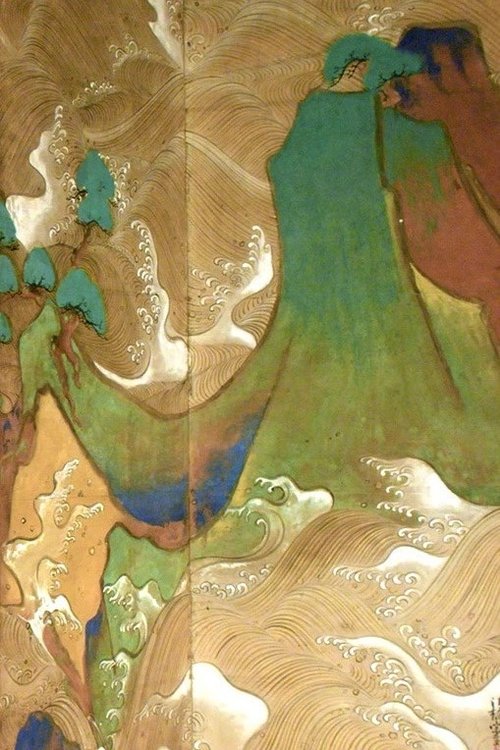
Edo Avant-Garde reveals the pivotal role Japanese artists of the Edo era (1603 – 1868) played in setting the stage for the “modern art” movement in the West. During the Edo era, while a pacified Japan isolated itself from the world, audacious Japanese artists innovated stylization, abstraction, minimalism, surrealism, geometric composition and the illusion of 3-D. Their elegant originality is most striking in images of the natural world depicted on folding screens and scrolls by Sotatsu, Korin, Okyo, Rosetsu, Shohaku and many others who left their art unsigned.
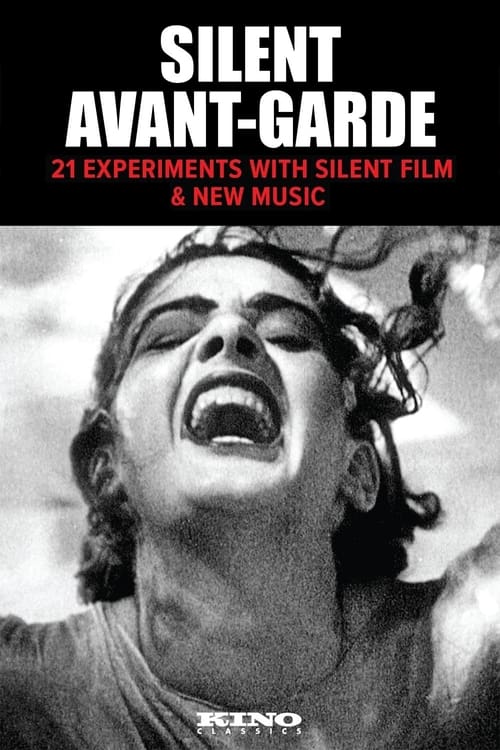
SILENT AVANT-GARDE offers an essential collection of 21 short art film experiments in HD to 5K scans made from 35mm and 16mm picture elements. Highlights include brand new digital restorations of classic experimental films, The Enchanted City (1922), Return to Reason (1923), Ballet Mechanique (1924, 1931), The Twenty-Four Dollar Island (1925), Eisenstein Mexican Footage (1930), Escape, Synchromy No. 4 (1938), The Eclipse (1936-1949), Look Park (1973), and Tenga fe (2022). Each film features a brilliant accompaniment of original silent film music specially prepared, composed, improvised and/ or performed by a master of experimental new music. SILENT AVANT-GARDE desires to focus on the creative possibilities of image, sound, and silence used in American-made experimental films of the 20th century.
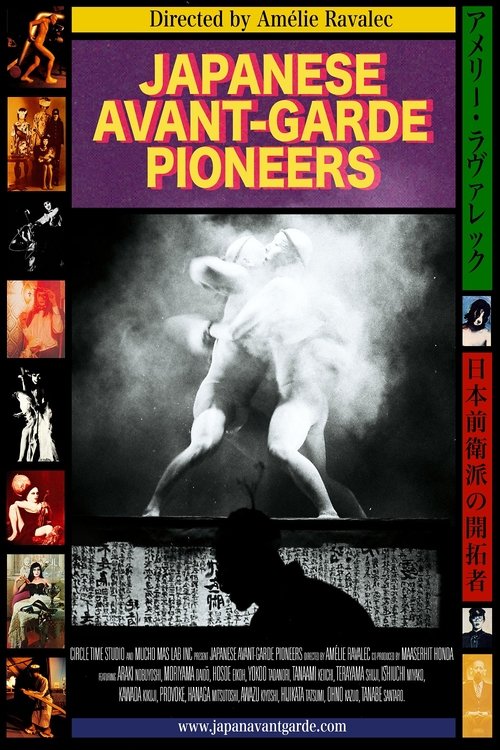
Amidst the profound social change and political turmoil of post-war Japan, a bold generation of avant-garde artists and photographers emerged in the 1960s, forever transforming the global art landscape.

Die Schachtel (The Box), 1968. 35mm film transfer to videotape, black-and-white, sound; 29 minutes.
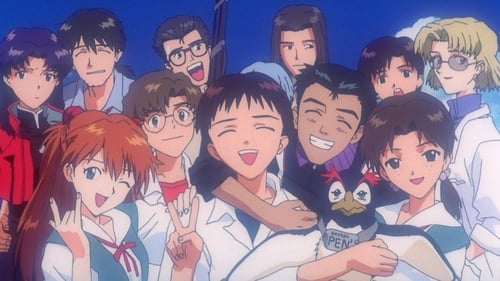
SEELE orders an all-out attack on NERV, aiming to destroy the Evas before Gendo can advance his own plans for the Human Instrumentality Project. Shinji is pushed to the limits of his sanity as he is forced to decide the fate of humanity.
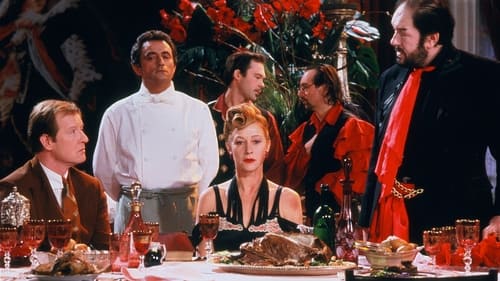
The wife of an abusive criminal finds solace in the arms of a kind regular guest in her husband's restaurant.
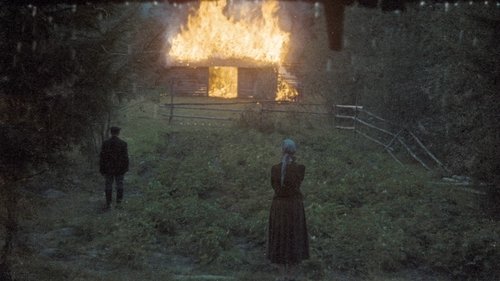
A dying man in his forties recalls his childhood, his mother, the war and personal moments that tell of and juxtapose pivotal moments in Soviet history with daily life.
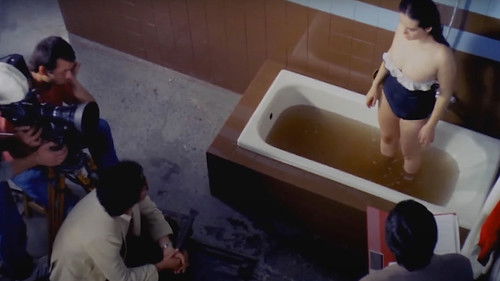
Serap is a successful theater actress. Although she rejects the traditional roles assigned to women in her personal life, she agrees to play the role of a traditional housewife in a shampoo commercial. However, she is unaware that this commercial will turn into her worst nightmare.
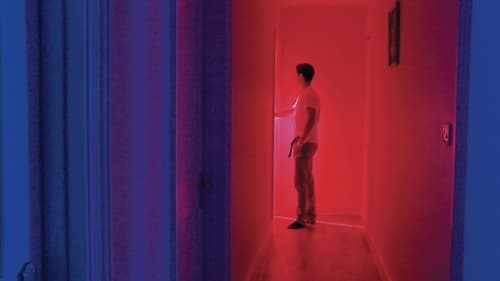
Events take a sinister turn one night in London, when two very different couples arrive at a double-booked apartment. Actions have consequences and not all debts are paid for with money. Leaving, it's harder than you think.

Homage to the cult classic “Mondo Hollywood”, a groovy mushrooms dealer and a man from the 5th dimension journey through Hollywood to find the meaning of “Mondo.”
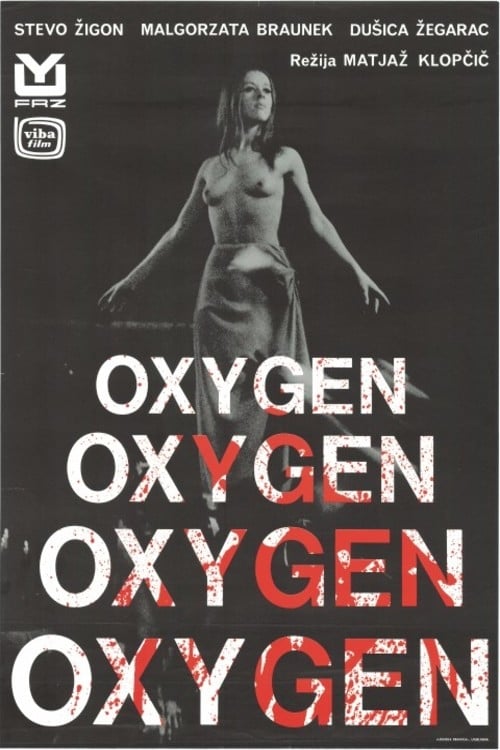
In this story set in near future, a group of young rebels, hippies and 1968 protesters want to cede and make an independent Island from the Mainland. A journalist who came to the Island to make a report about political summit that takes place there gets involved in the clash between young rebels and establishment.

A colorful collage, with a subtle ecology theme, made largely from footage from trial runs of programs used for many of the other films.
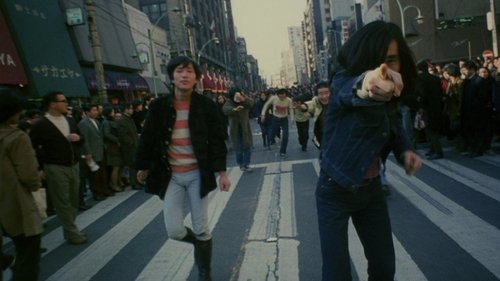
An experimental, psychedelic odyssey through Japanese subculture experienced via the eyes of a disillusioned young man, who must contend with intense familial dysfunction, psychosexual alienation, and existentialist malaise.
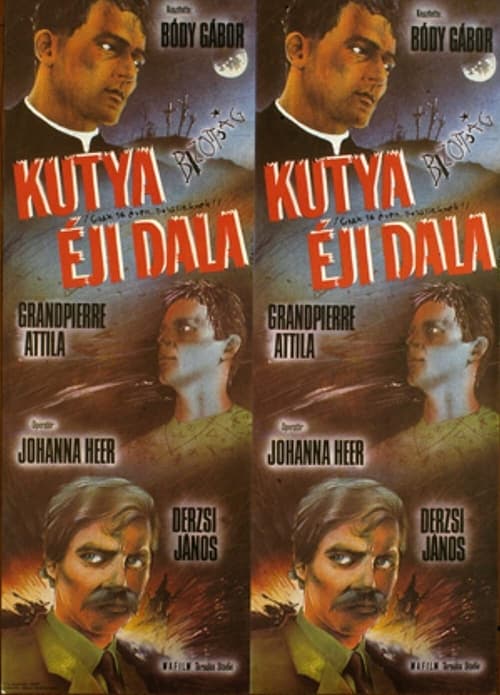
A priest arrives in a village and give advice and comfort to different people. He meets a wheelchair-bound former representative of the Communist party, a woman who is dying of tuberculosis and an astronomer who sings in a punk band.

Meet Shavon O'Brien: Her family doesn't understand her, her church ignores her, even Jesus forgets about her. With only the spirit of Sinead O'Connor to guide her, Shavon battles institutional child abuse, narcissistic group think, a talking stomach and a singing poop bucket! Shavon goes from Catholic to Crusty Punk in this very, very, very, dark musical comedy!
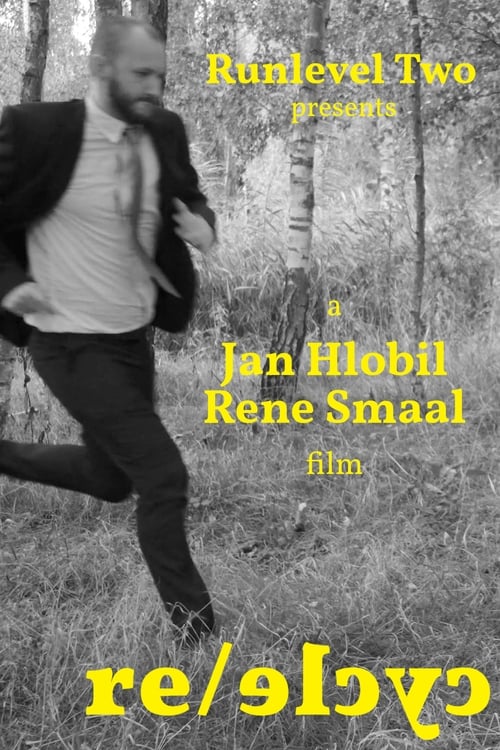
With input from actor and writer Jan Hlobil, director and cinematographer Rene Smaal presents a film in the true surrealist tradition, in the sense that only 'found' elements were used, and that it defies interpretation based on ordinary cause-and-effect time sequence.
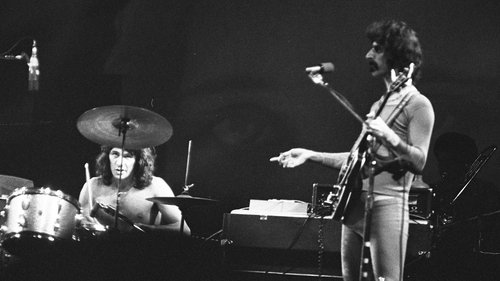
The Documentary centers around Zappa at home, and on Tour. The amazing thing is that Zappa allowed a guy with a camera to film the band at the Fillmore West w/ Flo and Eddie. There are times when the camera man seems to be on the stage. The performance is recorded from only one camera angle. There are only 4-5 songs presented here.....and Zappa referring to the Fillmore West as the ‘Psychedelic Dungeon’ is priceless………..It is a great piece of history.
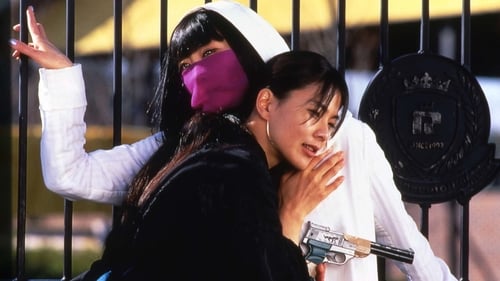
An assassin fends off numerous attacks from her comrades, who are trying to move up in rank by killing off the competition.
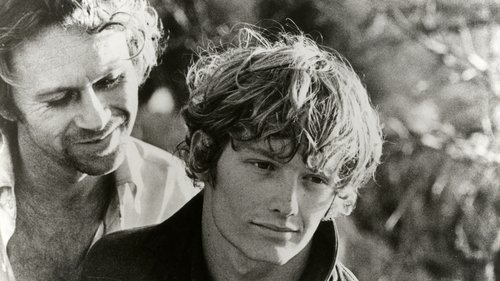
Five lonesome cowboys get all hot and bothered at home on the range after confronting Ramona Alvarez and her nurse.

In a surreal meeting filled with countless individuals from a variety of backgrounds, nine people recount how sex and sexuality have been used to exert control over their lives. Regardless of race, sexual orientation, nationality, social class, religion, or gender, all are equally shattered and all are equally victims. Those that recount their experiences show that the power / sex dynamic can come in many forms. Whether the power is taken away by physical or psychological means, and regardless of whether it is perpetrated by an individual, institution, or society, the results are equally devastating.
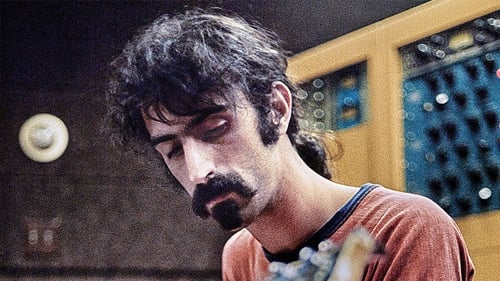
With the help of more than 10,000 dedicated Zappa fans, this is the long-awaited definitive documentary project of Alex Winter documenting the life and career of enigmatic groundbreaking rock star Frank Zappa. Alex also utilizes in this picture thousands of hours of painstakingly digitized videos, photos, audio, writing, and everything in between from Zappa's private archives. These chronicles have never been brought to a public audience before, until now.
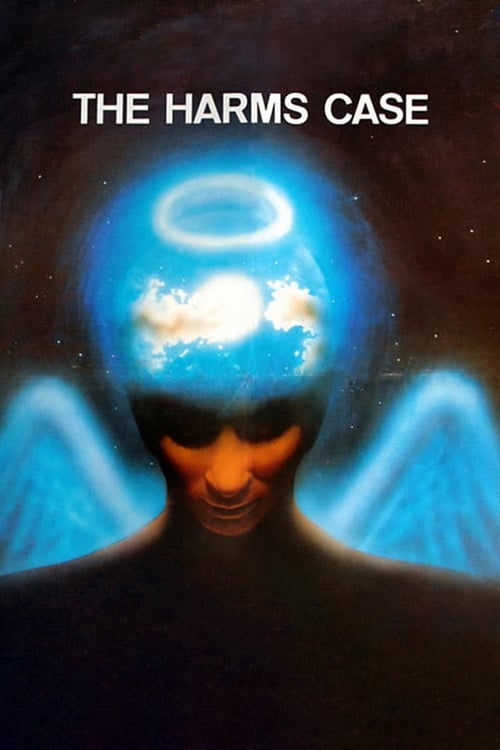
Based upon the life and writing of literary visionary Danil Harms, a Russian avant-garde poet of the 1920s who was persecuted and ultimately silenced by the Soviet authorities.
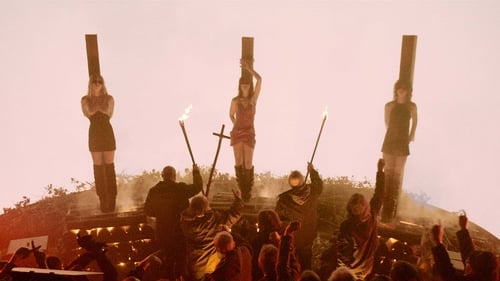
Two actresses, Béatrice Dalle and Charlotte Gainsbourg, are on a film set telling stories about witches.
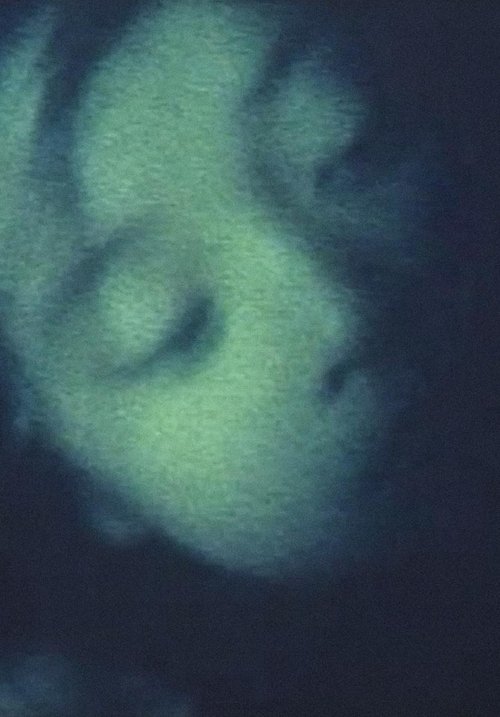
With the core members Shin Sasakubo and Daisuke Aoki, as well as a revolving set of members depending on the contents of the work, the CHICHIBU AVANT-GARDE art collective engages in expressive activities such as music, film, art, photography, writing, and theater. Filmed in 8 mm film there is a distinctive color and texture, and a seemingly nostalgic impression from the land pattern of Chichibu that is the stage, but it has an unknown sense of apprehension. A variety of emotions and scenes come to light, such as a sense of frustration, relief or fear, some kind of madness, or warmth.
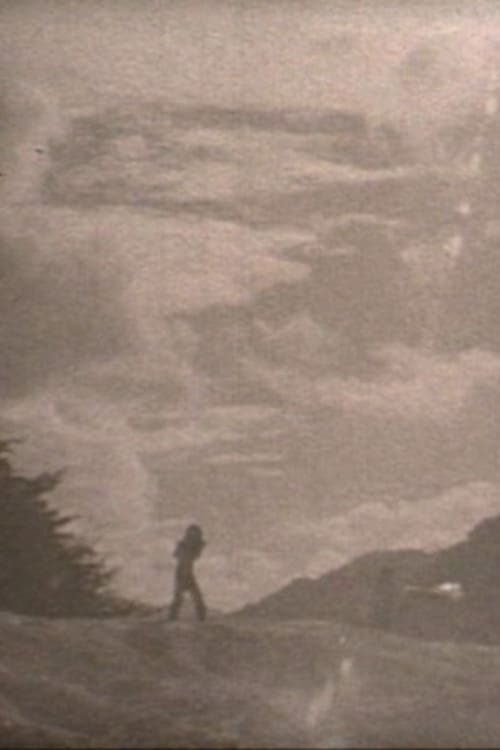
With the core members Shin Sasakubo and Daisuke Aoki, as well as a revolving set of members depending on the contents of the work, the CHICHIBU AVANT-GARDE art collective engages in expressive activities such as music, film, art, photography, writing, and theater. Filmed in 8 mm film there is a distinctive color and texture, and a seemingly nostalgic impression from the land pattern of Chichibu that is the stage, but it has an unknown sense of apprehension. A variety of emotions and scenes come to light, such as a sense of frustration, relief or fear, some kind of madness, or warmth.

Irene, grieving the loss of her parents and yearning for their affection, begins a journey filled with life lessons. Along the way, she meets Andi, who teaches her the importance of self-reliance as the ultimate source of support in life.
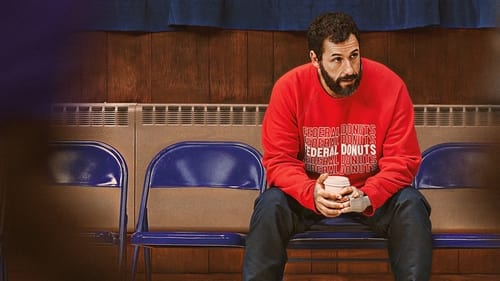
After discovering a once-in-a-lifetime player with a rocky past abroad, a down on his luck basketball scout takes it upon himself to bring the phenom to the States without his team's approval. Against the odds, they have one final shot to prove they have what it takes to make it in the NBA.